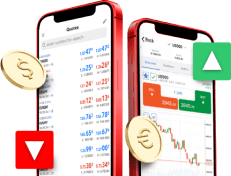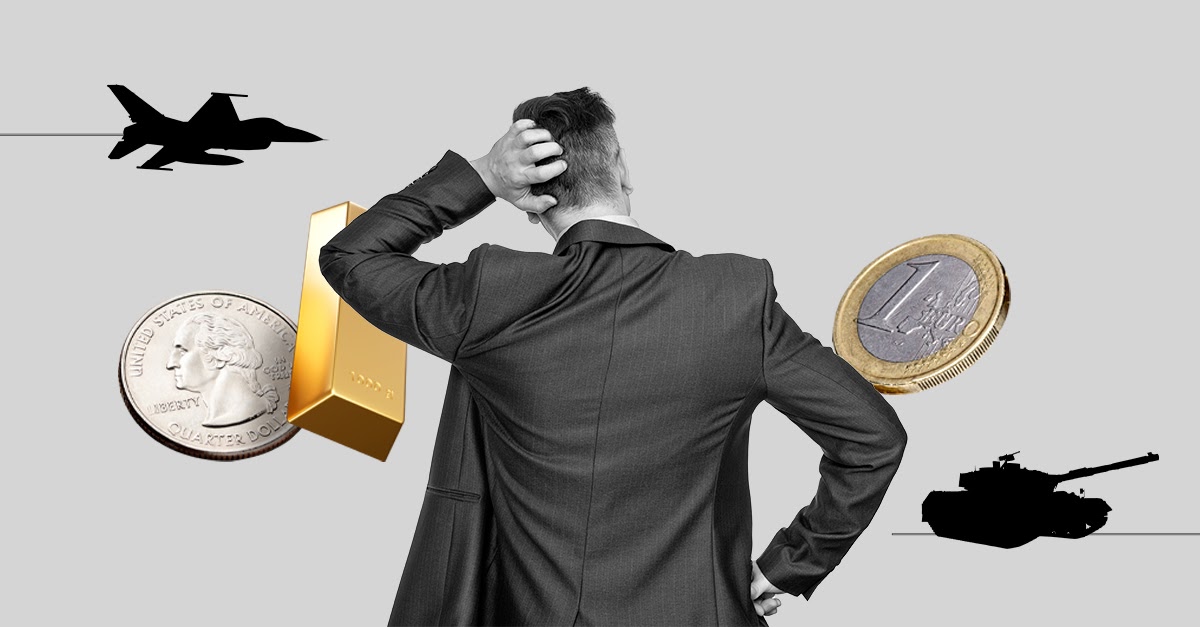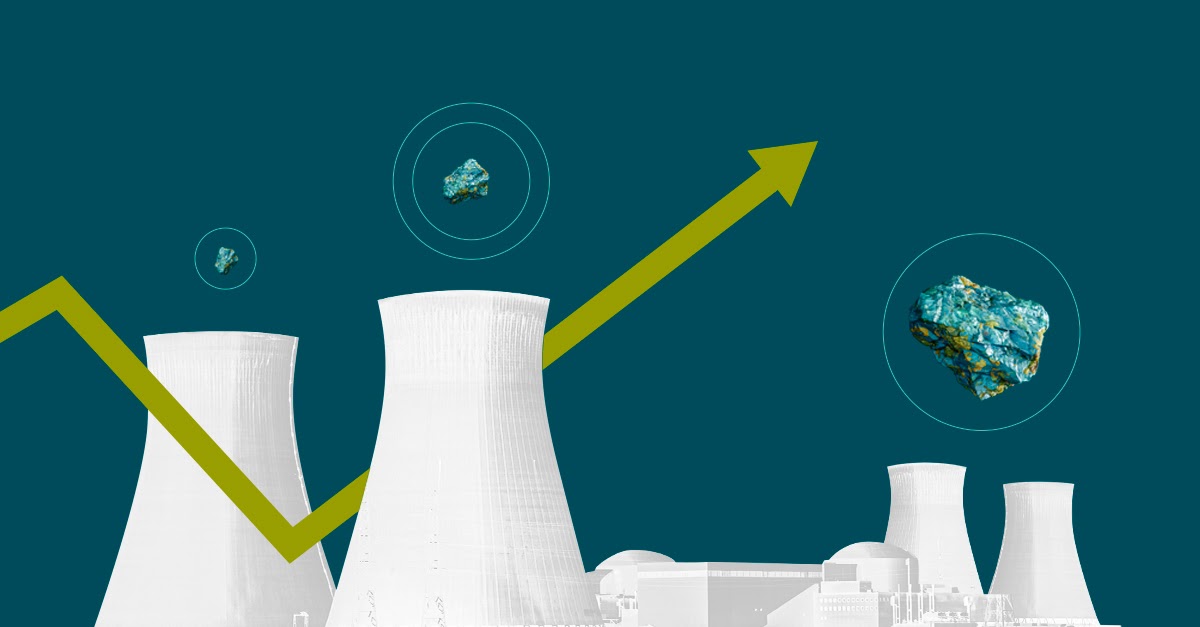Donald Trump, in a recent speech just before the inauguration of his presidency, threatened to take control of Greenland and the Panama Canal on the grounds of the need to ensure US national security. With regard to Greenland, Trump highlighted its strategic military importance and mineral wealth, which could be crucial to the US economy. Why is Trump showing such a strong interest in this independent territory? In terms of the island's investment and resource potential, what could actually prompt him to make such declarations?
Table of contents:
- A few words about Greenland
- Greenland's economy - no question of independence
- In Greenland they are sitting on a mountain of raw materials that they are not extracting
A few words about Greenland
Greenland, which is an autonomous territory of the Kingdom of Denmark, has been pushing for autonomy for many years. Pro-independence movements are supported by the political parties Siumut, Inuit Ataqatigiit or Naleraq. These aspirations are rooted in historical and political circumstances, dating back to the time of Norwegian and Inuit settlement and Danish colonisation of the island. Although Greenland is the largest island in the world, it is inhabited by only about 60,000 people.
In the 18th century, the Danes recolonised Greenland and in the 19th century Denmark gained full control of the island through the Treaty of Kiel. During World War II, Greenland came under the US protectorate, which strengthened its independence from Denmark.
In 1953, Greenland was formally incorporated into the Kingdom of Denmark as a Danish province. In 1979, it gained self-government, which allowed it to control its internal affairs, and in 2009 the law of self-determination was introduced. These changes have enabled Greenland to make autonomous decisions on trade and foreign policy issues.
In recent years, Greenland has been working on a draft constitution for an independent state, and Prime Minister Múte Bourup Egede has suggested the possibility of an independence referendum in 2025.
In the past, Greenland has been of key importance to the United States due to its strategic location in the Arctic, allowing control over sea and air routes and providing early warning of potential threats from the USSR. The US Thule Air Base, which still exists today, continues to play a vital role in the North American defence system.
Greenland's economy - no question of independence
Why is Trump even suggesting a takeover of Greenland? Perhaps the island's economic importance is such that strengthening economic ties with it seems crucial to US interests. However, if we look at the hard data, this thesis is quickly dismissed. Greenland's economy in almost every aspect makes it impossible for it to be independent of Denmark or any other protectorate state. Despite a relatively high GDP per capita of $57,000 per year, the extremely low population means that as an independent country Greenland would only rank 166th in terms of economic size. From a US perspective, Greenland's economy represents just 0.005 percent of US GDP.

Source: World Bank
Greenland's economy is based on shrimp and fish exports and a substantial subsidy from the Danish government. Fisheries account for more than 90 percent of exports, leaving the economy vulnerable to price fluctuations. The subsidy from the Danish government in 2017 was budgeted at around $535 million, which is more than 50 percent of the island's income and 25 percent of GDP. So we can clearly see that it is not the industry or the booming region that accounts for Greenland's economic potential, which could be crucial for the United States.
The island faces serious challenges, such as low levels of skilled labour, geographical dispersion, lack of industrial diversification, long-term sustainability of the public budget and a declining population due to emigration. Hydrocarbon exploration has been halted due to falling oil prices. However, the island has the potential to exploit natural resources, which could become one of the key reasons for Donald Trump's attitude towards Greenland.
In Greenland they are sitting on a mountain of raw materials that they are not extracting
Greenland has significant mineral resources, including six of the fourteen raw materials identified as critical by the European Commission. Key resources include niobium, platinum group metals, rare earth elements (REEs) and tantalum. The REE resource is estimated to be worth around 12 million tonnes, representing 9.2 percent of global reserves.
However, despite its high potential, Greenland does not currently extract these raw materials on a large scale. This requires significant external investment and most of the resources are still undiscovered. Therefore, international exploration missions are regularly organised to explore new deposits.
Greenland has the opportunity to become an important player in the rare earths market, currently dominated by China. Chinese investment accounts for more than 70 percent of global REE production, making reducing this dominance a priority for many countries, especially the United States.
In addition to minerals, Greenland has potential deposits of oil and natural gas. It is estimated that there could be as much as 17.5 billion barrels of oil and 148 trillion cubic feet of gas around the island. The discovery and exploitation of these deposits could significantly affect the region's economy and the geopolitical interests of world powers.
For this reason, Greenland is gaining importance in global politics. The United States, especially during the presidency of Donald Trump, has expressed a strong interest in the region. The possible discovery of key raw material deposits (e.g. oil and gas) and the reduction of Chinese influence on mining may have been one of the reasons why Greenland became a priority topic for the US administration.

Source: GOVERNMENT OF GREENLAND
Grzegorz Dróżdż, CIIA, Market Analyst of Conotoxia Ltd. (Conotoxia investment service)
The above trade publication does not constitute an investment recommendation or information recommending or suggesting an investment strategy within the meaning of Regulation (EU) No. 596/2014 of April 16, 2014. It has been prepared for informational purposes and should not form the basis for investment decisions. Neither the author of the publication nor Conotoxia Ltd. shall be liable for investment decisions made on the basis of the information contained herein. Copying or reproducing this publication without written permission from Conotoxia Ltd. is prohibited. Past performance is not a reliable indicator of future results.
CFDs are complex instruments and come with a high risk of losing money rapidly due to leverage. 76.23% of retail investor accounts lose money when trading CFDs with this provider. You should consider whether you understand how CFDs work and whether you can afford to take the high risk of losing your money.
Trading on CFDs is provided by Conotoxia Ltd. (CySEC no.336/17), which has the right to use the Conotoxia trademark.







